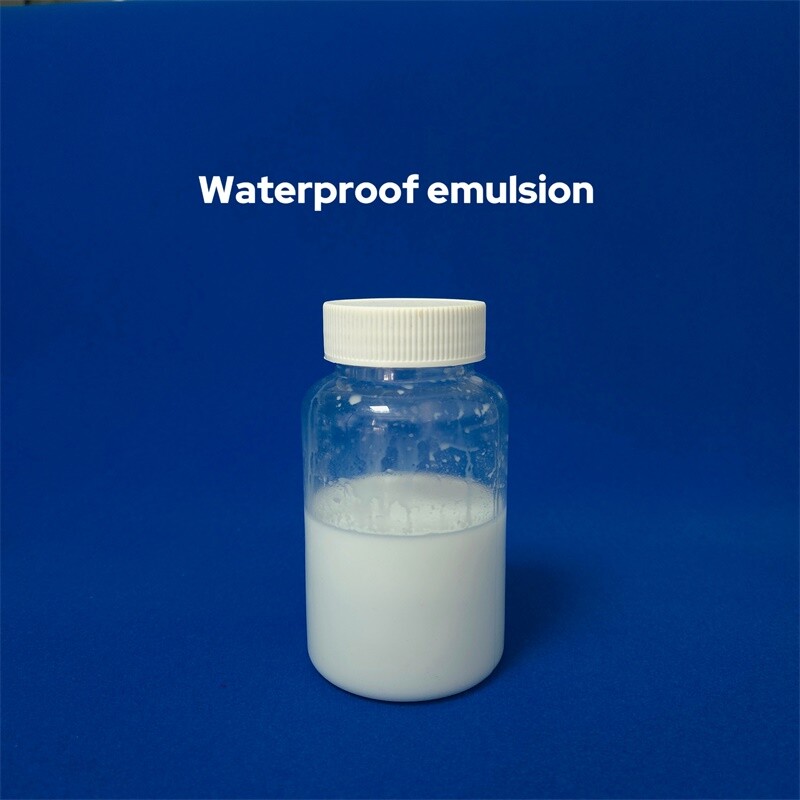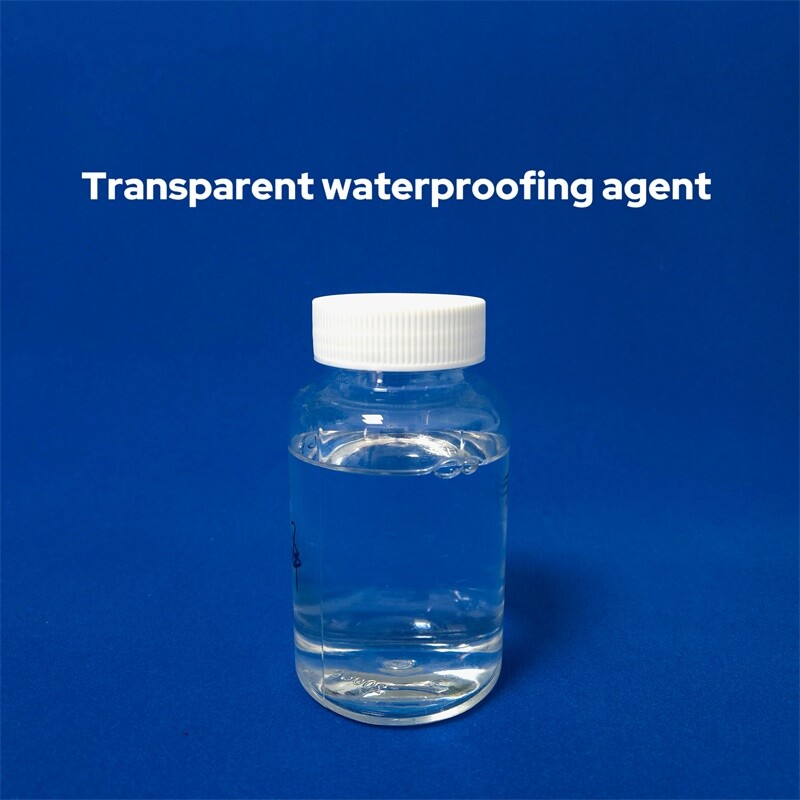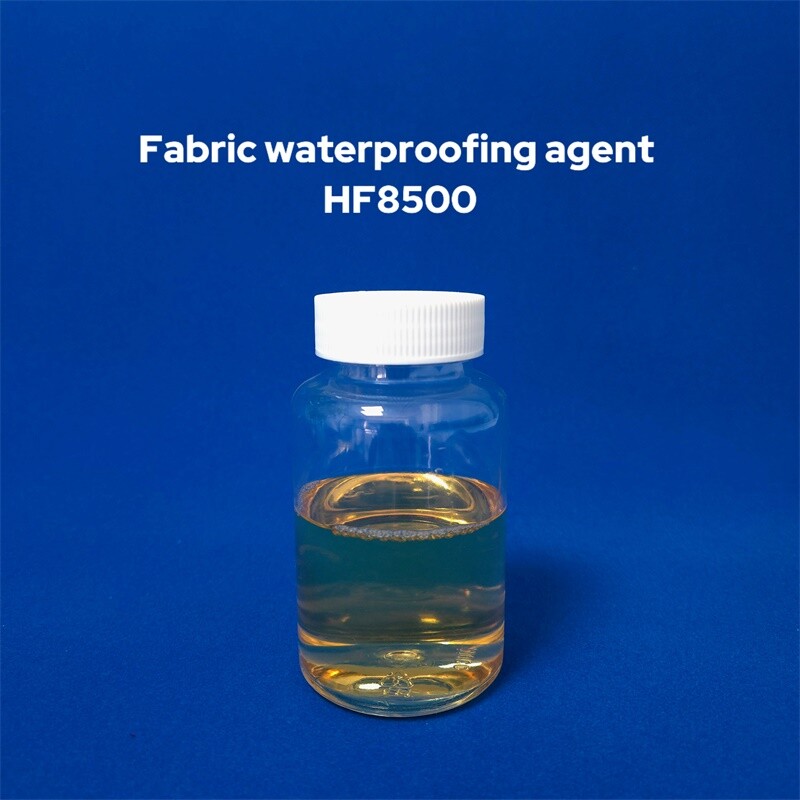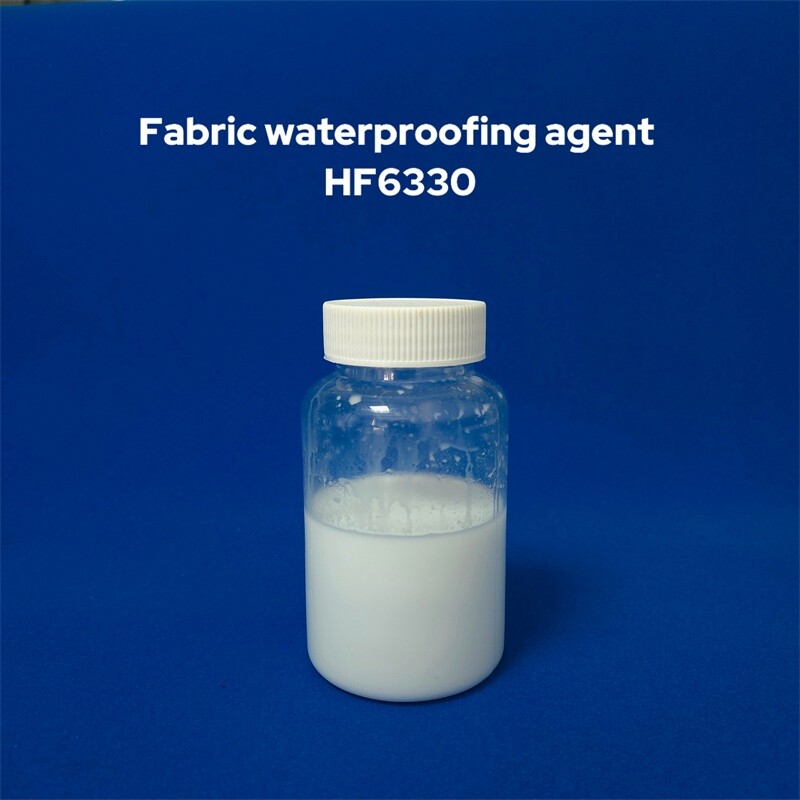Categories List

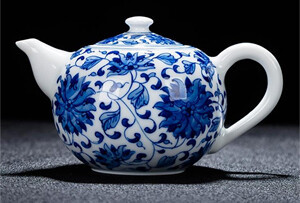
1.Water - proof Principle and Performance Enhancement
Formation of Hydrophobic Film
When the hydrogen - containing silicone oil emulsion is used for the surface treatment of ceramics, the hydrogen - containing silicone oil molecules in the emulsion will be directionally arranged during the drying process. The hydrophobic groups (such as methyl groups) of these molecules face outward and form a continuous hydrophobic film on the ceramic surface. This hydrophobic film acts as a barrier, effectively preventing water molecules from contacting the ceramic surface and thus playing a water - proof role. For example, after the ceramic tiles are treated with the hydrogen - containing silicone oil emulsion, when water splashes on the tile surface, the water will form water droplets and roll off instead of penetrating into the interior of the tile.
Filling of Micro - pores
There are many tiny pores and defects on the ceramic surface at the microscopic level. The hydrogen - containing silicone oil emulsion can penetrate into these pores, and reactions such as cross - linking or polymerization occur inside the pores, thereby filling the pores. This can greatly reduce the channels through which water enters the ceramic interior through the pores and further enhance the water - proof performance of ceramics. It's like using a special "filler" to block the "small holes" in the ceramic microstructure and prevent water from invading.
Enhancement of Durability
The water - proof structure formed by the hydrogen - containing silicone oil emulsion has good durability. It can resist the effects of wear, chemical erosion and temperature changes in the daily environment. In environments such as kitchens or bathrooms, ceramic products often come into contact with various cleaning agents, hot water, etc. Ceramics that have been water - proof - treated with the hydrogen - containing silicone oil emulsion can maintain their water - proof performance for a long time in such an environment. For example, after the ceramic sink in the kitchen is water - proof - treated, even if it is in long - term contact with detergent and hot water, its water - proof effect can still last for several years.
2.Surface Performance Improvement
Enhancement of Glossiness
The hydrogen - containing silicone oil emulsion can improve the glossiness of the ceramic surface. This is because the film formed by the emulsion on the ceramic surface is relatively smooth and can produce a good reflection effect on light. For some decorative ceramic products, such as ceramic vases and ceramic ornaments, after being treated with the hydrogen - containing silicone oil emulsion, their appearance is more shiny and beautiful, which can increase the decorative and commercial value of the products.
Improvement of Anti - fouling Performance
The hydrophobic film formed by the hydrogen - containing silicone oil emulsion on the ceramic surface also has a certain anti - fouling performance. Due to the existence of this film, some stains are not easy to adhere to the ceramic surface, and even if there are stains attached, they are easier to clean. For example, on ceramic tableware, after being treated with the hydrogen - containing silicone oil emulsion, food residues and other stains are not easy to stick to the tableware surface, and the stains can be removed more easily during cleaning.
3.Application Methods and Precautions
Application Methods
The hydrogen - containing silicone oil emulsion can generally be applied to the ceramic surface through simple coating methods. It can be applied by spraying, brushing or dipping, etc., and it is easy to make the emulsion evenly distributed on the ceramic surface. For large - scale ceramic products (such as ceramic decorative panels on building exteriors) or mass - produced ceramic products (such as ceramic cups, ceramic bowls, etc.), this convenient application method can greatly improve the efficiency of water - proof treatment. For example, in a ceramic production factory, the ceramic products can be quickly dipped into the hydrogen - containing silicone oil emulsion and then taken out and dried to complete the water - proof treatment.
Precautions
When using the hydrogen - containing silicone oil emulsion to treat ceramics, attention should be paid to the concentration of the emulsion and the treatment time. If the concentration is too high, it may cause the film formed by the emulsion on the ceramic surface to be too thick, which will affect the appearance and performance of ceramics; if the concentration is too low, the desired water - proof and surface performance improvement effects may not be achieved. At the same time, the treated ceramics need to be dried in a suitable environment to avoid the contamination of the surface by dust and other impurities.
Click the link below to learn more about the product specifications
Leave A Reply

